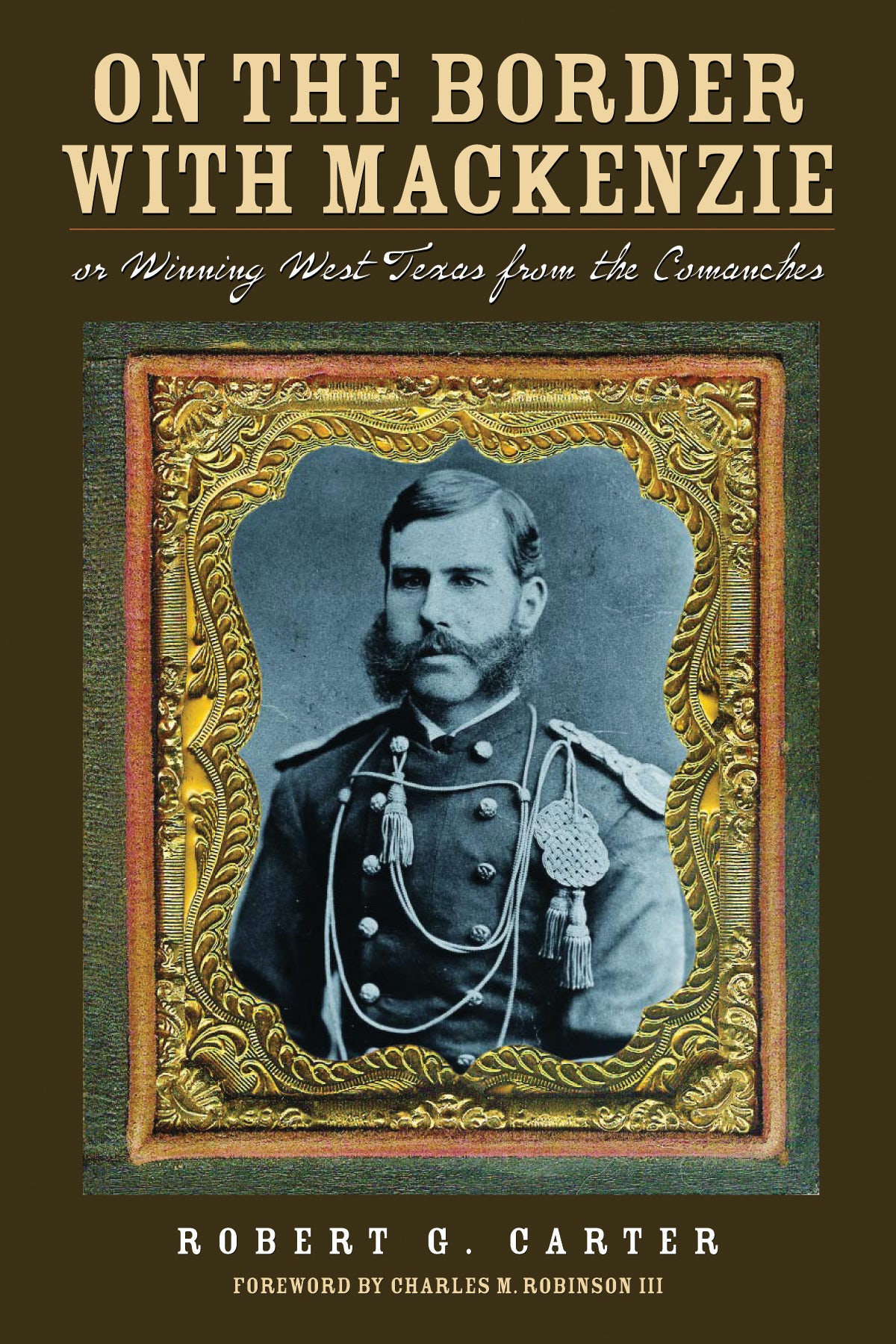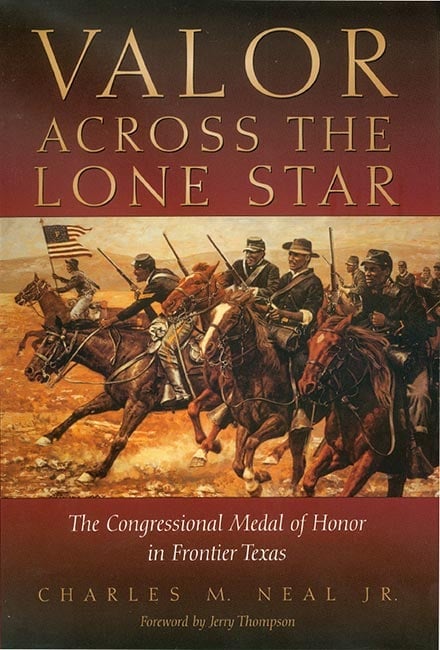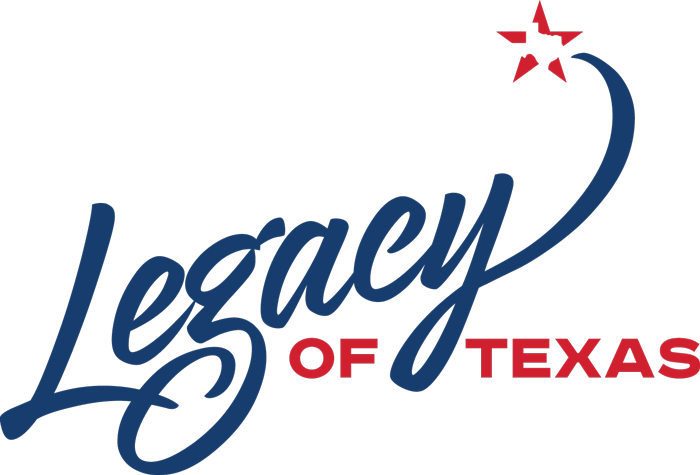The Red River War, a series of military engagements fought between the United States Army and warriors of the Kiowa, Comanche, Southern Cheyenne, and southern Arapaho Indian tribes from June of 1874 into the spring of 1875, began when the federal government defaulted on obligations undertaken to those tribes by the Treaty of Medicine Lodge in 1867. Rations to be issued the Indians consistently fell short or failed entirely, gun running and liquor trafficking by White profiteers were not curtailed, and White outlaws from both Kansas and Texas who entered the Indian Territory to steal Indian stock were not punished or even, in most cases, pursued. On all these counts, the two federal Indian agents who dealt with the Indians, James M. Haworth at Fort Sill and John D. Miles at Darlington, both Quaker missionaries, did everything in their power to remedy the situation, but they received no cooperation from either the military or the Washington officials of the Office of Indian Affairs.
The army declined to enforce provisions of the Medicine Lodge Treaty prohibiting White entry onto tribal lands, and between 1872 and 1874 organized, professional buffalo hunters based in Dodge City, Kansas, wiped the herds out on the Cheyenne-Arapaho Reservation. With no rations arriving from the government and nothing left to hunt, all four tribes were in a desperate situation. A Comanche medicine man named Isa-tai called for a Sun Dance, even though that ritual had never been part of the Comanche religion. At that gathering, he and a young war leader of the Quahadi band of Comanches, Quanah Parker, recruited warriors for raids into Texas to avenge slain relatives of theirs. Other Comanche chiefs, notably Isa-Rose (White Wolf) and Tabananica (Sound of the Sun) of the Yapparika band, identified the hide merchants as the real threat to the Indian way of life, and suggested that if Quanah were to attack anybody, he should attack them. A war party headed west into the Panhandle of Texas.
The second battle of Adobe Walls occurred between June 27 and July 1, 1874, when a war party of 700 Comanche, Kiowa, Cheyenne, and Arapahoe warriors attacked the buffalo hunters' camp at Adobe Walls on the Canadian River in what is now Hutchinson County. In the first skirmish of that conflict three Whites were killed, but as many as seventy Indians were killed and wounded. Afterward, the Indians maintained a sporadic siege of Adobe Walls until July 1. In this battle William (Billy) Dixon's renowned "long shot" occurred, and the local restaurateur, William Olds, accidentally shot himself in the head as he was descending from a watchtower.
The great majority of Kiowas did not take part in the Adobe Walls episode. Instead, they awaited direction at their annual Sun Dance, held the first week in July at the western edge of the reservation. There, Chief Kicking Bird persuaded most of the Kiowas to return to the agency with him. The principal chief, Lone Wolf, succeeded in recruiting a war party of just fifty men, and that with the help of Maman-ti, the only other chief who voted for war. In the "Lost Valley Fight" on July 12, in a shallow draw near Jacksboro, Texas, they confronted a force of Texas Rangers of the Frontier Battalion, commanded by Maj. John B. Jones, and killed two, David Bailey and William Glass. The rangers escaped under cover of night.
After numerous bloody incidents in Texas, Kansas, and the Indian Territory, the federal government organized an attack. The strategy was that of Gen. William T. Sherman and Lt. Gen. Philip H. Sheridan, who commanded the Military Division of the Missouri, in which the trouble had broken out. Peaceful Indians were to be quickly registered at their agencies and confined to the reservation before the hostiles could return. Then, troop columns would enter the field from five different directions, force the warriors into their traditional refuges in the canyons along the Caprock of the Texas Panhandle, and there annihilate them or else force their surrender. This strategy was in force by July 25.
In the battle of Palo Duro Canyon the first column in the field was that of Col. Nelson A. Miles. His force left Fort Dodge, Kansas, on August 11, 1874. It comprised eight companies of the Sixth Cavalry, four companies of the Fifth Infantry, plus artillery (one Parrott ten-pounder and two ten-barrel Gatling guns), scouts, and Delaware Indian trackers. A number of Miles's scouts were buffalo hunters who had been present at Adobe Walls. Advancing into the Texas Panhandle in a searing midsummer drought, Miles fought a running battle with a force of Cheyennes from August 27 to 31, before the Indians dispersed and vanished. This was along the Red River in the far lower reaches of Palo Duro Canyon. The battle is sometimes styled the first battle of Palo Duro Canyon, and the subsequent action by Ranald S. Mackenzie, the second. Miles's and Sheridan's reports depict this action as a significant victory, but later sources indicate that the engagement was at best inconclusive because Miles outran his supply lines and left himself open to attack from the rear.
Confinement of tractable Indians at their agencies resulted in violence at the Wichita Agency at Anadarko, Indian Territory, and caused once-peaceable Kiowas to stampede for the Llano Estacado. On the upper Washita they crossed the path of a thirty-six-wagon army-supply train commanded by Capt. Wyllys Lyman, which was being desperately awaited by Miles. The Kiowas pounced on Lyman's Wagon Train on the morning of September 10, killing a sergeant and civilian teamster, and maintained a siege thereafter for, according to Indian sources, the sake of the excitement. After a desperate escape from the Indians, William Schmalsle returned on September 14 with a relief column, but by then the Kiowas had abandoned the fight.
Colonel Miles sent scouting parties back along his trail to try to locate his supply train. One of these parties, consisting of Billy Dixon, Camp Supply interpreter Amos Chapman, and four soldiers, was pinned down in a buffalo wallow on the morning of September 12 by the same Indians who had attacked the wagon train. One of the Whites was killed and all except Dixon were wounded; all six were awarded the Medal of Honor. The awards of Dixon and Chapman, however, were later revoked because they were not in the regular army (see BUFFALO WALLOW FIGHT.) Another of Sheridan's troop columns came east from New Mexico under Maj. William Redwood Price and arrived at the scene on the afternoon of September 12. Price escorted the wagon train south, but refused aid to the scouts in the buffalo wallow, an act for which Miles censured him and assumed command of Price's troops.
A third column of eight companies of the Fourth United States Cavalry, five companies of the Tenth and Eleventh Infantry, and an assortment of scouts including Seminole, Lipan Apache, and Tonkawa Indians, assembled at a base camp on Catfish Creek, about 150 miles west of Fort Griffin, Texas. Under the command of Colonel Mackenzie this group fought a skirmish in Tule Canyon on September 26. Two days later, Mackenzie outwitted a large force of Kiowas under Maman-ti, Comanches under a chief named O-ha-ma-tai, and Cheyennes under Iron Shirt, who had taken refuge, trapping them with their families in their main hideout in upper Palo Duro Canyon. In a daring dawn attack down the steep canyon wall, Mackenzie's troops killed only two or three Indians, but captured and torched several entire villages and slaughtered over a thousand captured Indian ponies. This action broke the back of much of the Indian resistance. The warriors, dismounted and short of supplies, began drifting back to their reservations.
The weather during the fall turned unusually wet, and the Indians still at large referred to the miserable pursuit as the "Wrinkled Hand Chase." On November 8, 1874, Lt. Frank D. Baldwin led a detachment from Miles's column and destroyed a large Cheyenne camp at the headwaters of McClellan Creek, where he rescued two of the German sisters, Julia and Addie. Numerous smaller actions were fought throughout the autumn and winter of 1874–75, and the troops were joined by others from Fort Sill, commanded by Lt. Col. John W. Davidson, and from Forts Griffin and Richardson, Texas, commanded by Lt. Col. George Buell. Surrenders increased in number until the last holdouts, Quahadi Comanches under Quanah Parker, surrendered to Mackenzie at Fort Sill, Indian Territory, on June 2, 1875. Previously, on April 28, 1875, about seventy-two captured chiefs had been sent by Sherman to Fort Marion, Florida, where they were held until 1878.
The Red River War, characterized by supply problems on both sides, was an important event in Texas and South Plains history. It saw the virtual extinction of the southern herd of buffalo, the final subjugation of the powerful Comanche, Kiowa, and southern Cheyenne Indians, and consequently the opening of the Texas Panhandle to White settlement. The advent of the ranching era followed swiftly.






